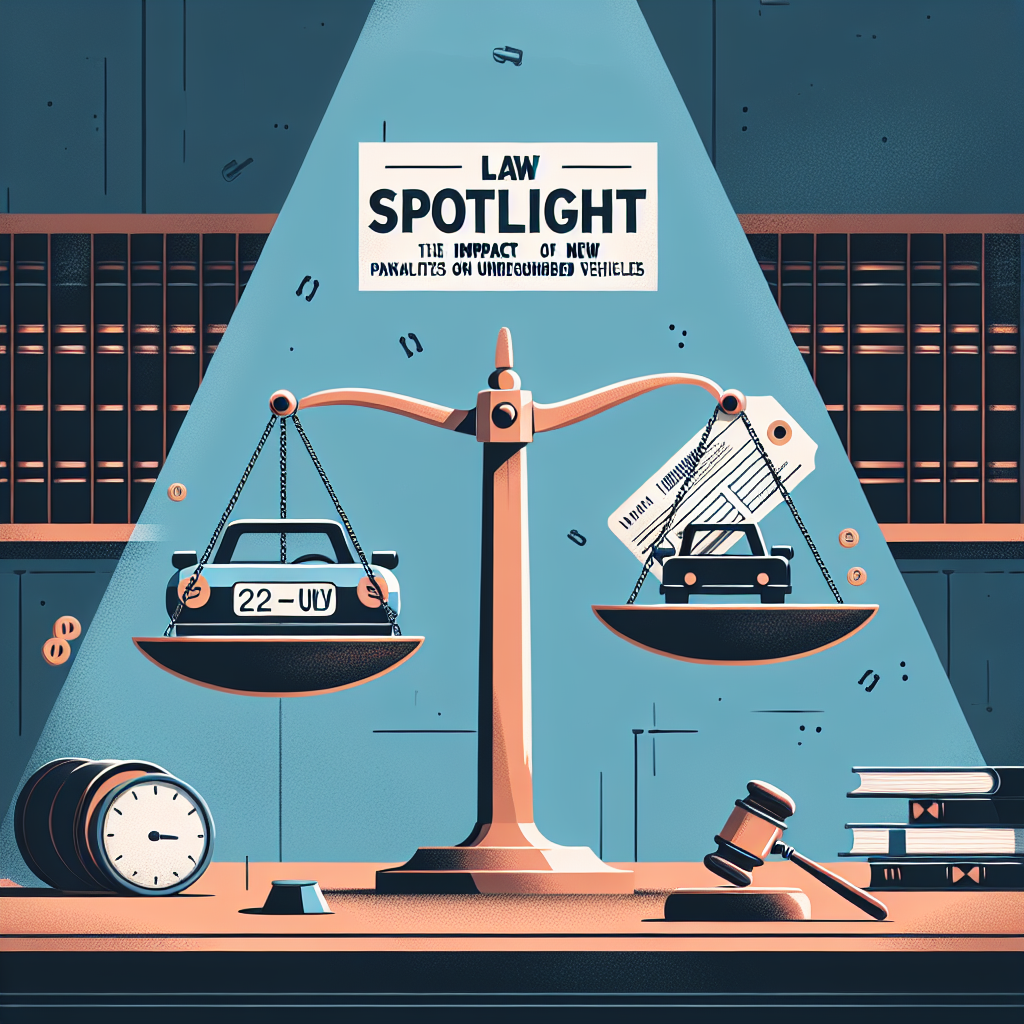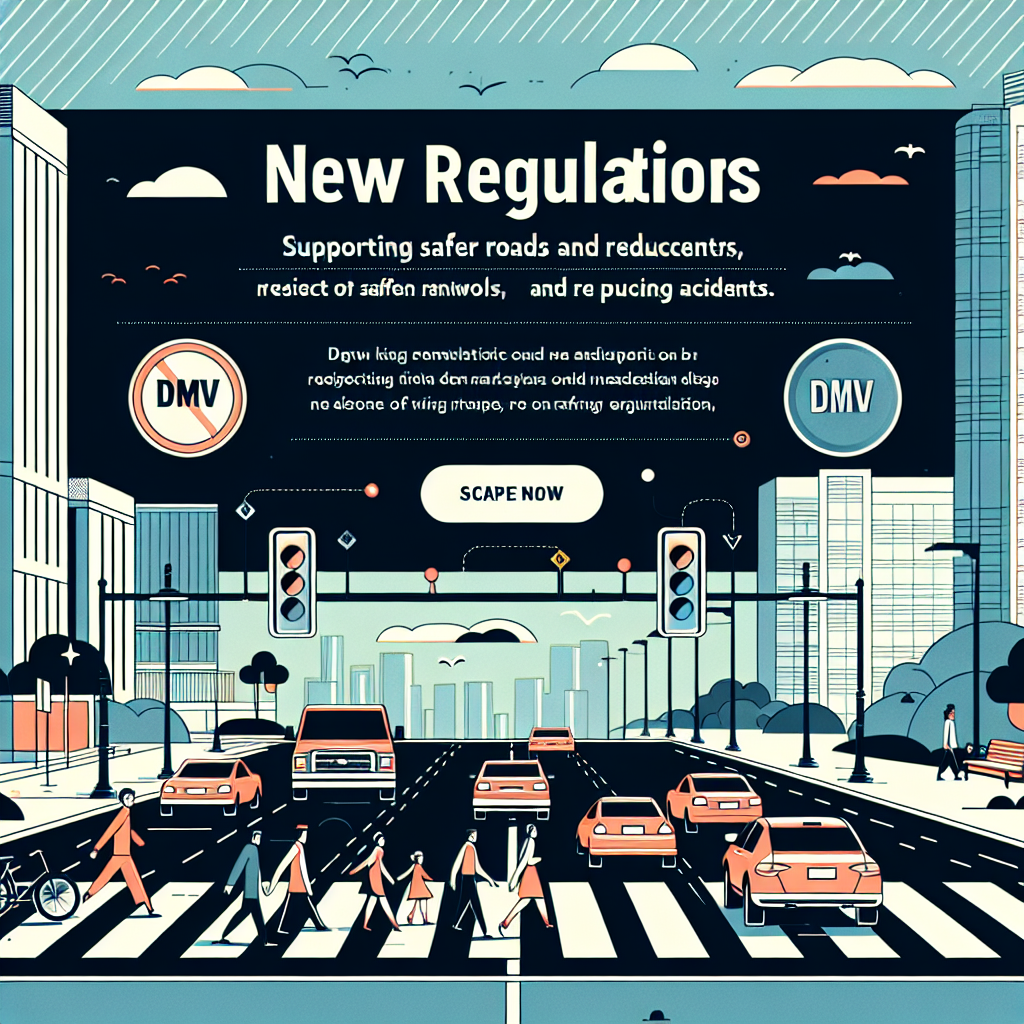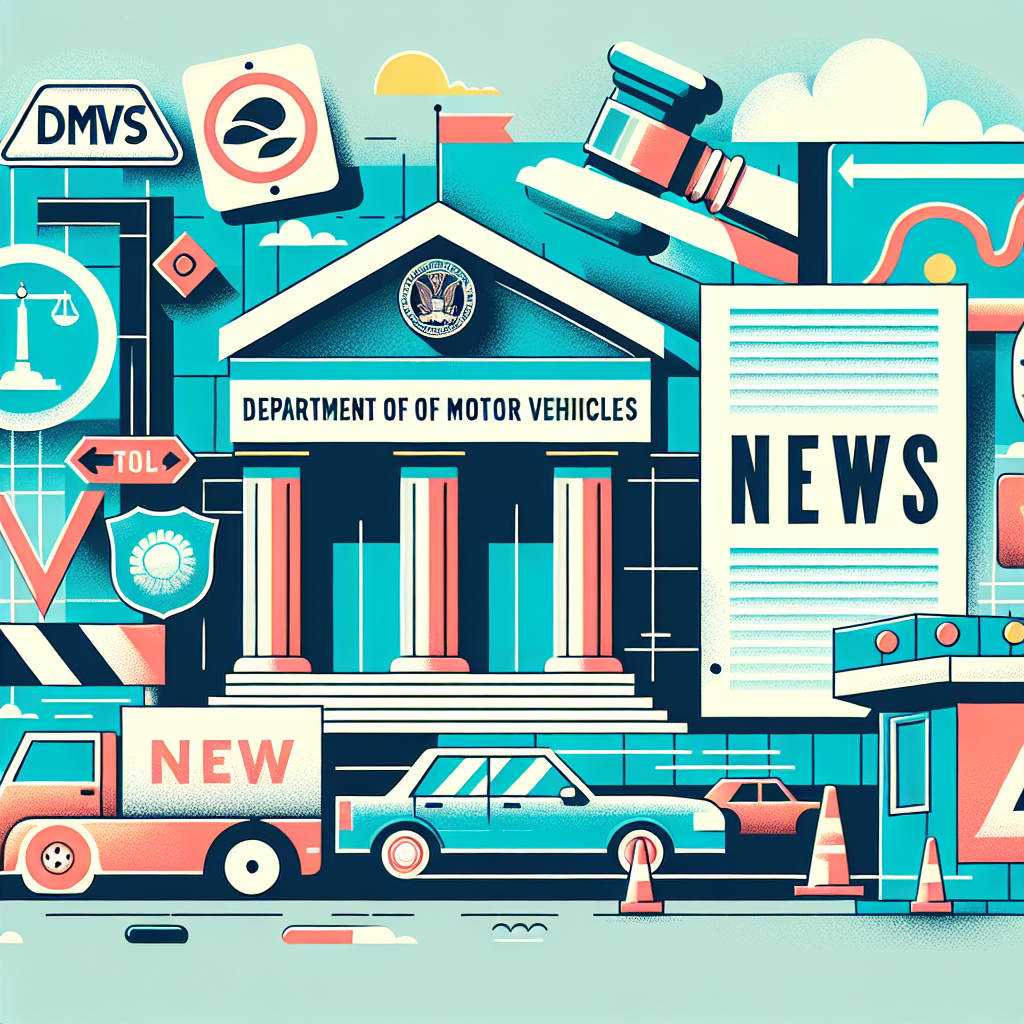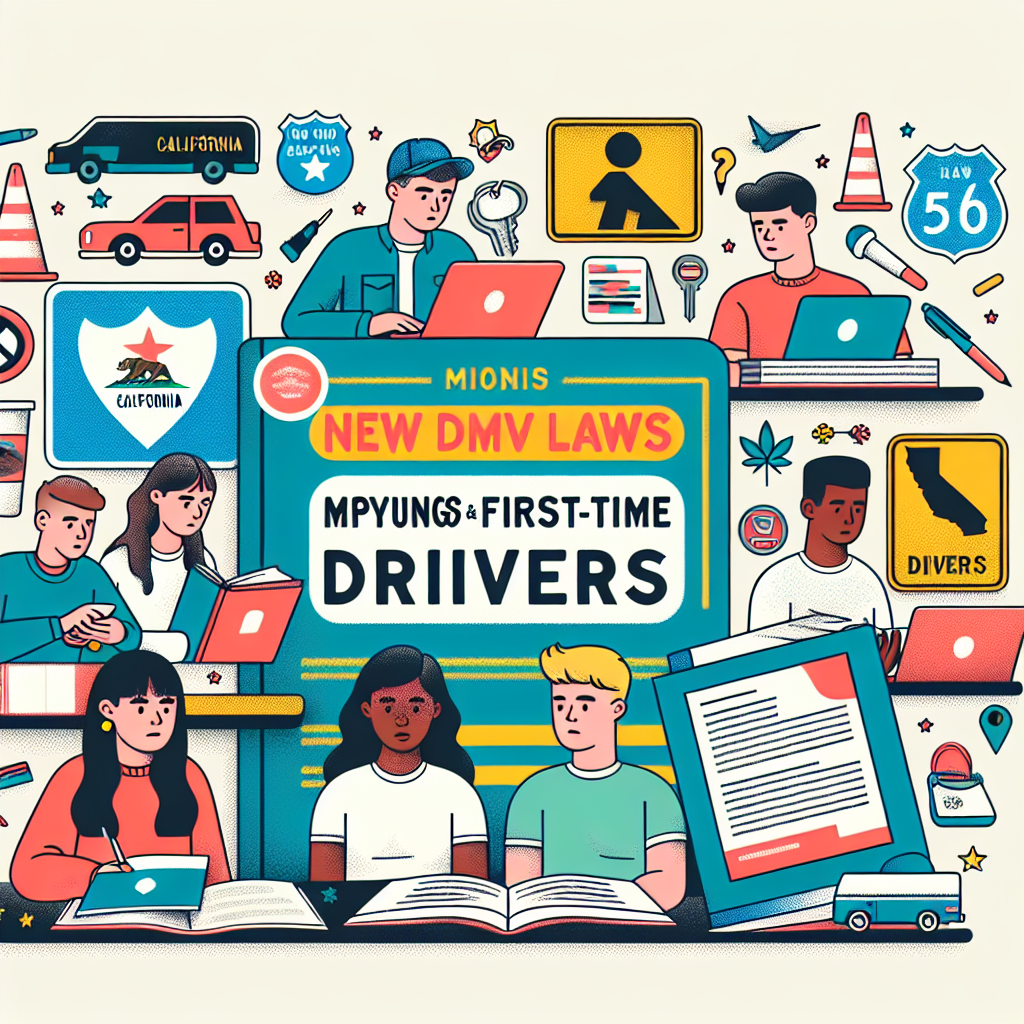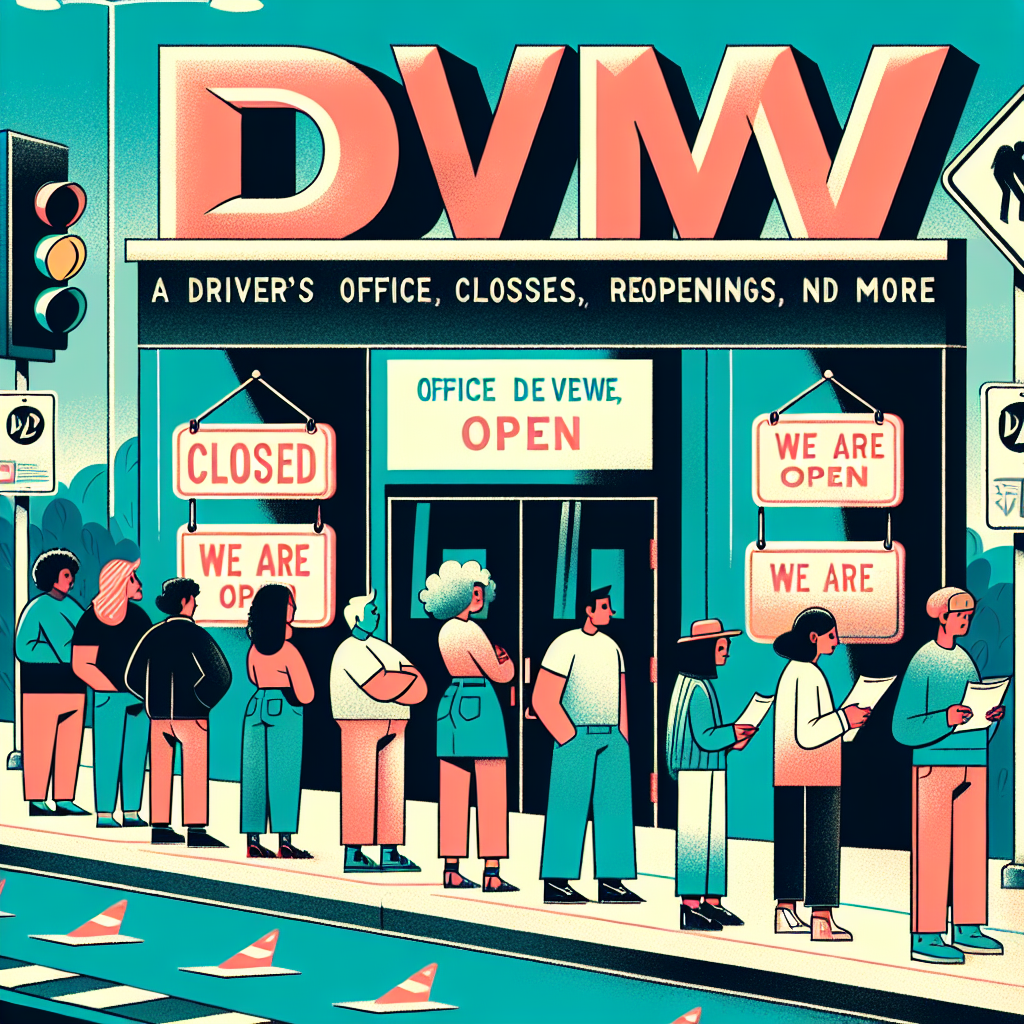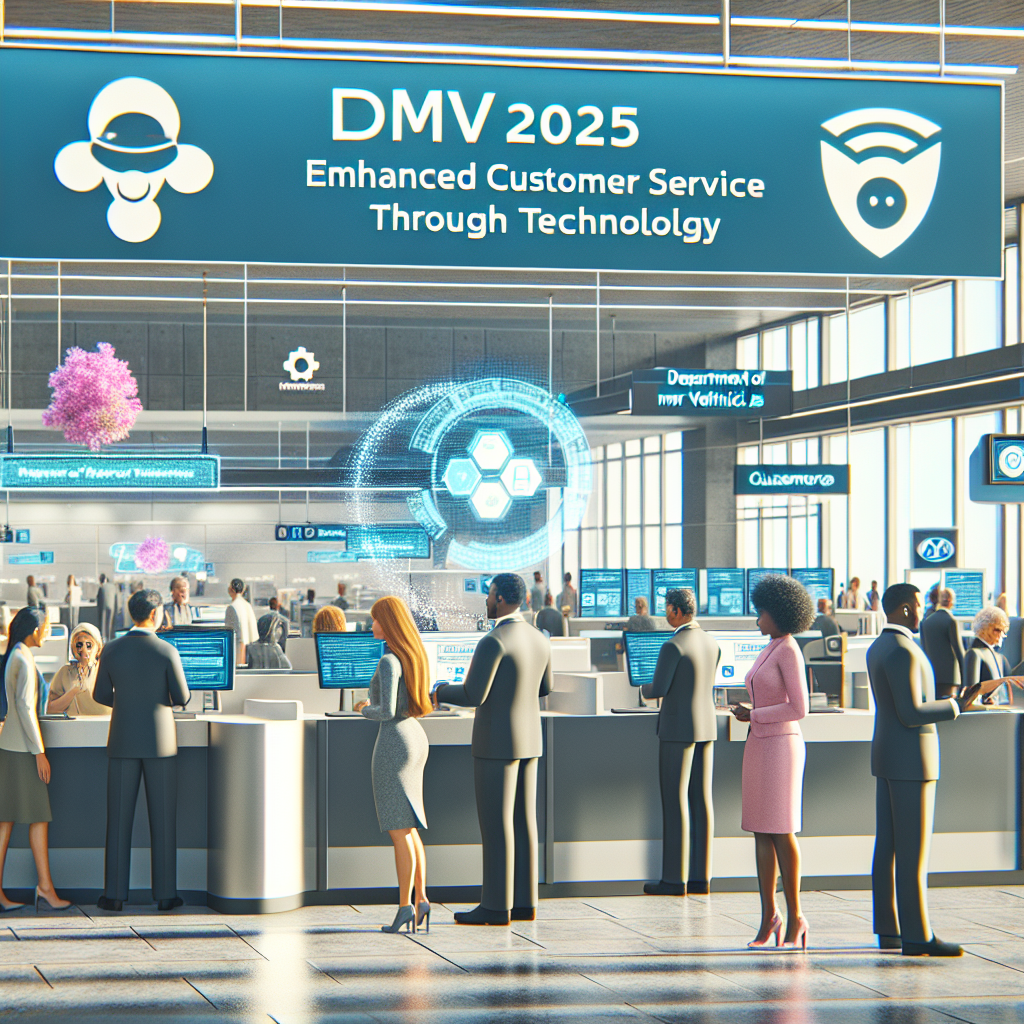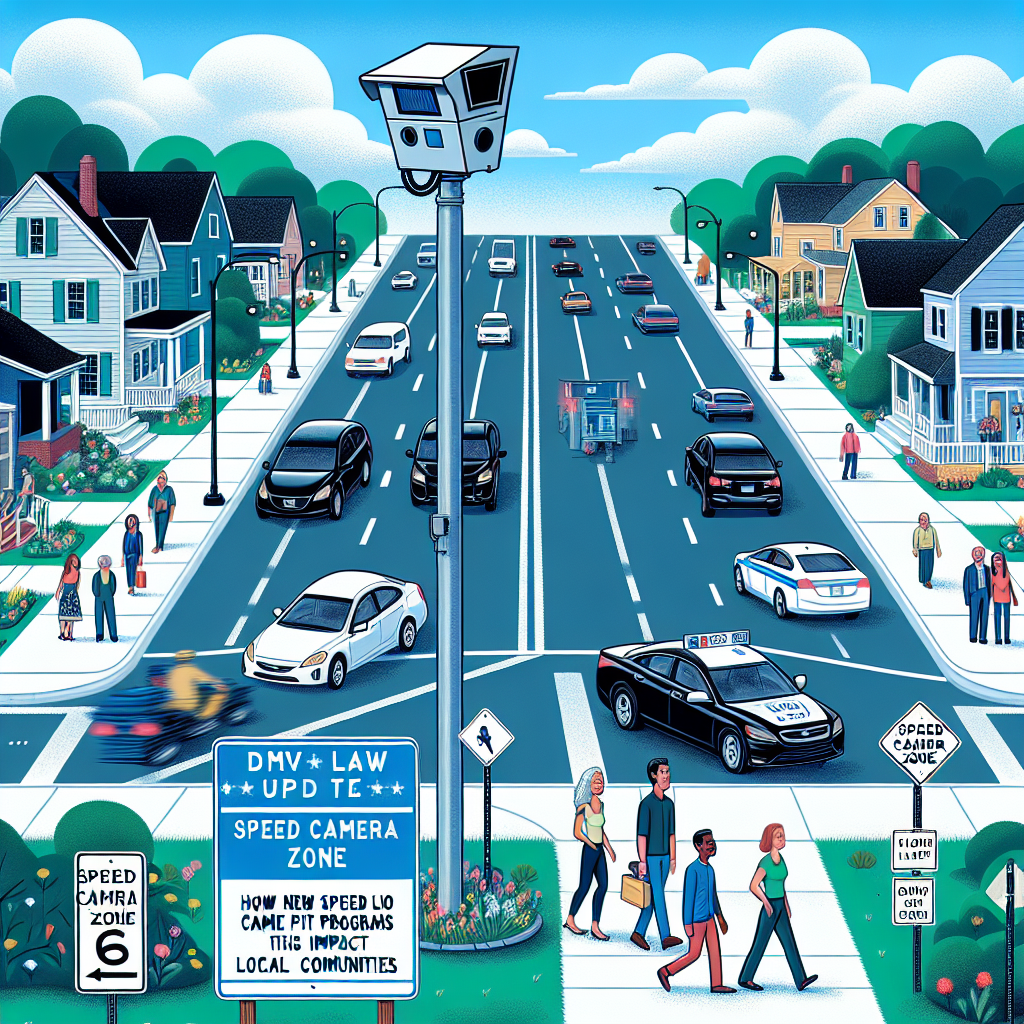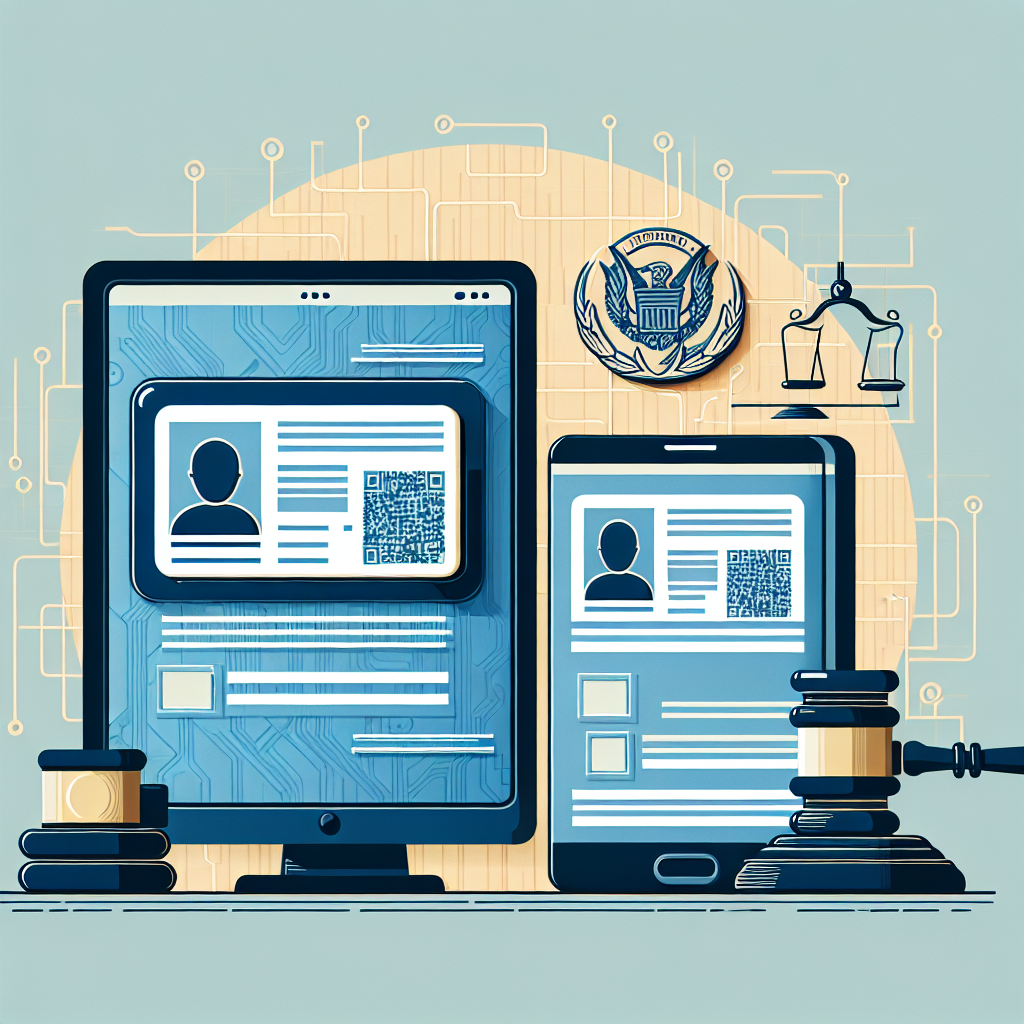DMV Law Spotlight: How New Penalties for Unregistered Cars Affect You
Introduction
Getting your car registered isn’t just a boring chore—it’s really important for making sure you’re driving legally and safely. There are new DMV rules about what happens to people who don’t register their cars, and they show why it’s important. This blog will explain what these new penalties are and help car owners know what to do to follow the DMV rules.
Background on Car Registration
Car registration is like a certificate that proves you own your car and tells what it looks like. It shows that your car is safe to drive and meets pollution rules, which helps keep everyone safe and the environment clean. The Department of Motor Vehicles (DMV) makes sure all cars are registered. But sometimes people forget or can’t afford to register on time, which leads to the car being used without proper registration.
New Penalties Overview
The rules have changed, and now the penalties for not registering your car are much harsher. The fines are bigger, and the legal troubles can be tougher. Starting in January 2024, there are strict timelines for fixing this, so it’s important to pay attention.
Why the Rules Changed
The government made these changes to keep everyone safe and make the registration process easier. Making sure all cars are registered and trackable means the roads are safer and the DMV can work more efficiently. This can lead to better services for car owners and the community.
Details on the New Penalties
- Fines and Fees: Fines for not registering are much higher now, so ignoring them can cost you a lot of money. Even if you ask for more time, it won’t really lower the amount you have to pay.
- More Consequences: If you keep not registering your car, you might face probation, legal issues, have your car taken away, or even see your insurance rates go up.
- How to Fix It: To register your car again, you’ll need to pay all fines, get any necessary inspections done, and fill out new forms.
What This Means for Car Owners
If your car isn’t registered, you could end up paying a lot of money or dealing with legal problems. It’s really important to renew your car’s registration on time. If you don’t, it could mess up your finances and make insurance more expensive.
Exceptions and Special Situations
Sometimes there are reasons you might not have to pay as much or at all. People in the military, living overseas, or with valid reasons can ask for a break. It’s important to know how to argue if you think penalties are wrong.
Steps to Take if You Get Caught
- Act Fast: Contact the DMV or a local Tags Clinic right away to deal with fines.
- Re-register: Fill out and send in registration forms as soon as you can.
- Get Help: Use DMV advice or other services like Tags Clinic to speed up the process.
Conclusion
Knowing DMV rules can save you from big fines and problems. Keeping your car registered avoids these issues and helps ensure safer roads. If you need help, Tags Clinic can assist with any registration questions or needs.
Frequently Asked Questions (FAQ)
- What are the new fines for unregistered vehicles?
The fines now go from $200 to over $500, depending on how long your car has been unregistered. - When do these new rules start?
All the new penalties start in January 2024. - Can I get out of paying these penalties?
Yes, there are exceptions for military and some hardship situations. - How do I check if my car is registered?
Go to the DMV website or call Tags Clinic for help. - What if I get a penalty by mistake?
Contact the DMV or Tags Clinic to check and try to fix it.
Call to Action
Don’t wait until you have a big fine or legal trouble from an unregistered car. Check your registration status now, and if it’s due, let Tags Clinic help you register easily. Share this info with friends to help everyone stay legal on the roads. Visit our website or contact us to learn more. We are located at 3845 University Ave, San Diego, CA or call us at 619-777-9046.
